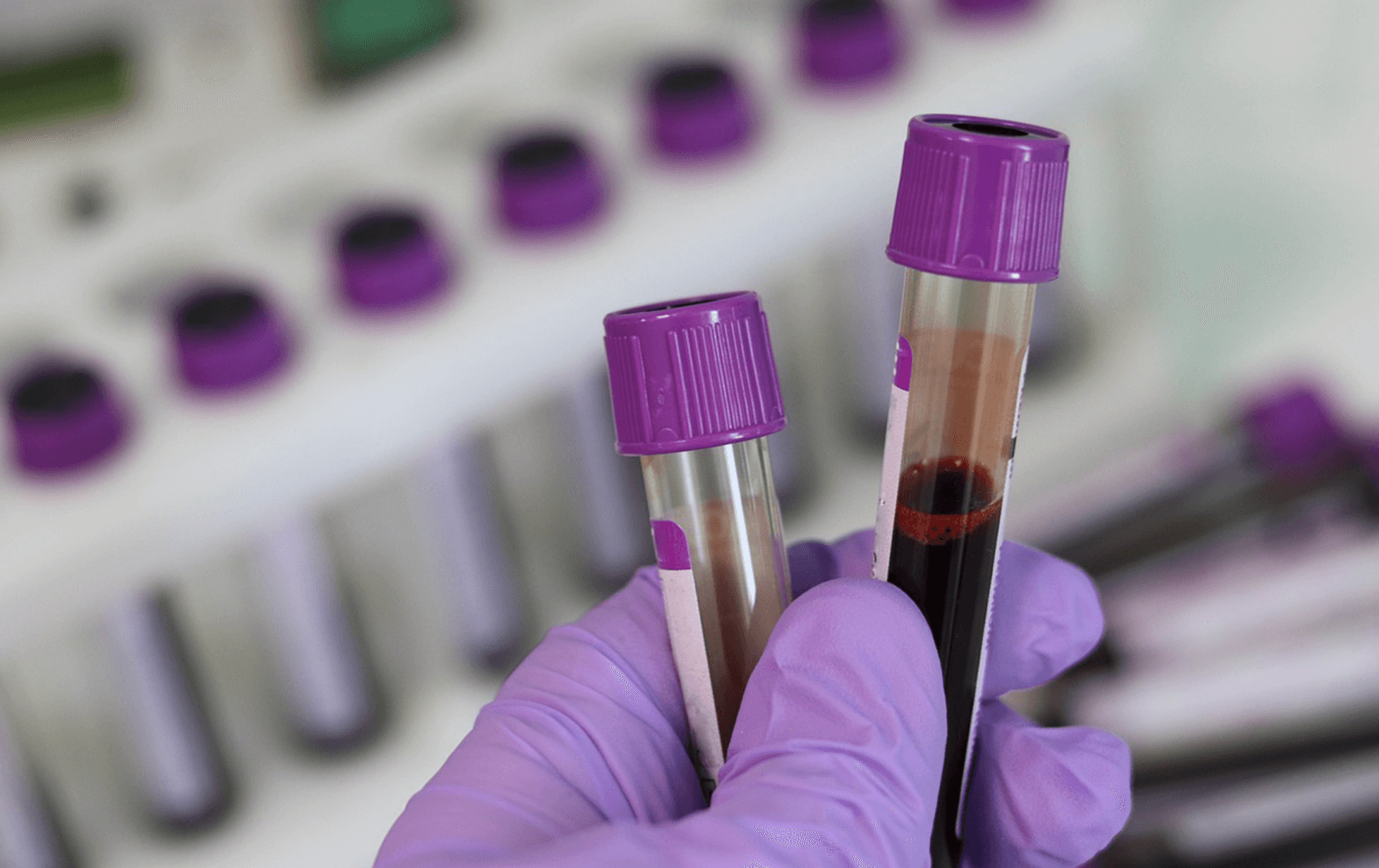Last updated: April 23, 2024
4 mins read
In the quest to understand aging and its impact on health, scientists have developed innovative tools to peer into the molecular mechanisms underlying the aging process. One key distinction is between biological aging, which reflects the true wear and tear on our bodies, and chronological aging, simply a count of the years since birth.
What is DNA Methylation?
A methyl group is a chemical entity composed of one carbon atom bonded to three hydrogen atoms. It acts as a fundamental building block in various biological processes and plays a crucial role in DNA methylation. DNA methylation is a biological process that modifies our cellular DNA by adding methyl groups, effectively signaling genes to turn on or off without altering the underlying DNA sequence. This molecular mechanism serves as a regulatory switchboard, modifying the expression of genes, influencing how they function, and affecting various biological processes in the body including the manifestation of various biological traits. Much like adding annotations or post-it notes to a book can alter how we interpret and interact with the text.
Predicting Biological Age with DNA Methylation
Recent advances in research have demonstrated that DNA methylation patterns can serve as reliable predictors of biological age. Scientists have developed epigenetic clocks, such as GrimAge, which analyzes specific DNA methylation markers to estimate an individual’s biological age. By scrutinizing thousands of these markers and their correlations, these clocks can accurately assess how an individual’s DNA has aged over time.
Interpreting GrimAge Results
Receiving your GrimAge report for SiPhox Health, unveils a personalized snapshot of your biological age journey. A GrimAge lower than your chronological age signifies a promising start on your aging trajectory, indicative of a younger biological age. Percentile rank further contextualizes your results, offering insights into how you fare compared to others of the same chronological age. A percentile rank of 87 on your biological age test, it would mean that your biological age is younger than 87% of others of the same chronological age. By contrast, if you scored 50% or less, that means your biological age is higher than average compared to others of your same chronological age.
 SiPhox Health data shared from a client with permission
SiPhox Health data shared from a client with permission
Embracing the Potential for Change
Perhaps most compellingly, GrimAge underscores the modifiability of biological age, offering hope in the quest for healthy aging. Armed with insights from GrimAge, individuals can track the impact of lifestyle choices, dietary habits, and anti-aging interventions on their rate of aging. This dynamic approach empowers individuals to take proactive steps in optimizing their health span and lifespan, ultimately shaping a future characterized by vitality and well-being.
Predicted Telomere Length
Predicted telomere length is another biomarker used to assess aspects of biological aging, focused specifically on telomere dynamics and cellular aging.
Telomeres are repetitive DNA sequences found at the ends of chromosomes that protect them from deterioration and fusion with neighboring chromosomes. With each cell division telomeres undergo shortening, serving as crucial markers of cellular aging.
A notable advancement in telomere length assessment is the DNA methylation-based estimator (DNAmTL), developed by the Horvath lab. This method analyzes blood methylation data from numerous individuals, identifying CpG sites (a specific DNA sequence) whose methylation levels best predict telomere length. DNAmTL surpasses traditional telomere length measurement (LTL) in predicting mortality, heart disease, and age-related conditions. Furthermore, it correlates with lifestyle factors like diet, physical activity, and smoking.
Improving Your DNA Methylation Results
There are several ways individuals can improve their DNA methylation results and promote healthy aging. Lifestyle factors such as diet, exercise, and stress management play critical roles in shaping DNA methylation patterns. Similarly, smoking has been linked to decreased methylation. However, quitting smoking has been shown to reverse this effect, leading to increased methylation. This reversal suggests that former smokers can eventually exhibit gene expression levels comparable to those of non-smokers through cessation. [1] [2]
In conclusion, DNA methylation analysis offers a powerful tool for predicting biological age and assessing individual health risks. By understanding and interpreting DNA methylation results, individuals can take proactive steps to improve their health span and enhance their quality of life.
References






